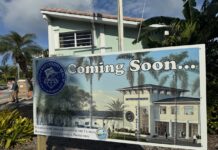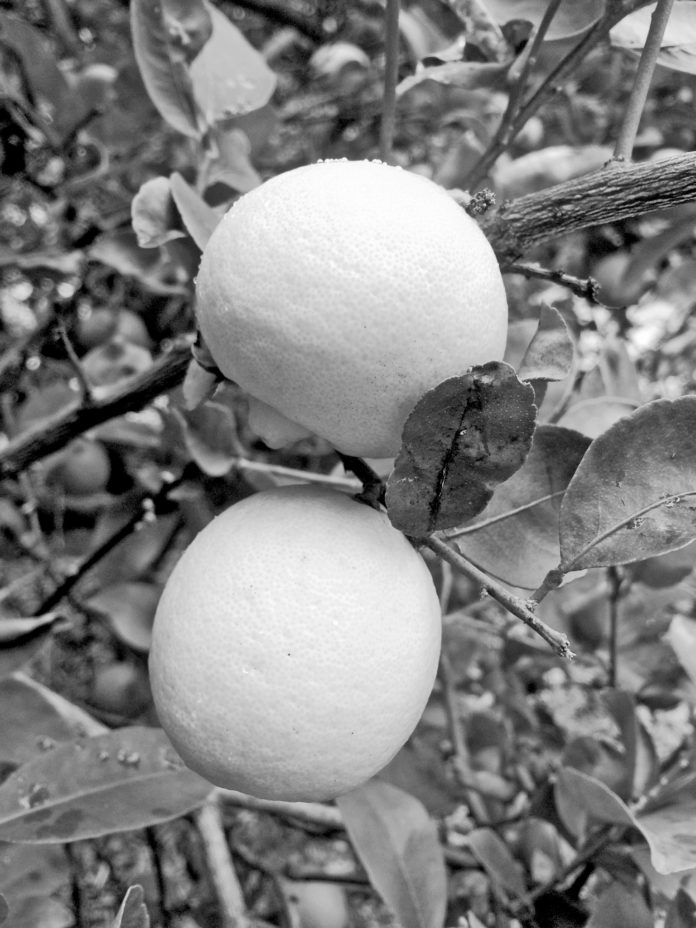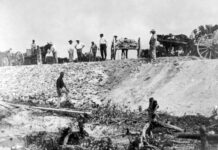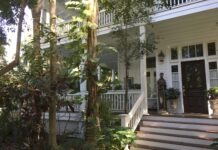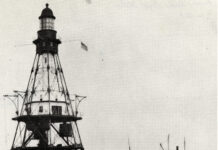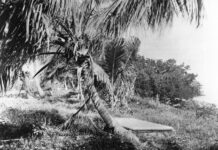After last week’s Key lime pie controversy – whether the tart delight was invented in the Florida Keys – reached not just a fevered pitch, but a national audience, it seems like the perfect time to reveal how Citrus aurantiifolia came to the Florida Keys.
The fruit is known by many names. In Thailand, the fruit is called “manau.” In this part of the world, it is known as West Indian lime, Mexican lime and Key lime.
It is not native to the Americas, but to Southeast Asia. Citrus aurantiifolia was carried across North Africa and introduced to Spain and Portugal. European explorers are thought to have brought the lime to the New World in the 16th Century. Some say Christopher Columbus introduced the tree to Hispaniola, known as Haiti today. From there, theories suggest Spanish conquistadors brought the lime to the Americas.
Henry Perrine, in the early 1830s, is considered responsible for introducing the lime to the Florida Territory. Perrine had been stationed in Campeche, Yucatan as a U.S. consul when he received a letter from Secretary of the Treasury Richard Russ stating that President John Quincy Adams wanted all foreign consuls to identify and document potentially beneficial plants for possible cultivation in the United States. Perrine not only collected local fauna, but also made copious notes. Though he would not physically arrive on the island chain until Christmas Day 1838, Perrine sent more than 100 boxes of botanical samples to Captain John Dubose, keeper of the Cape Florida Lighthouse on Key Biscayne.
Perrine also sent samples, among more than 70 species of plants, to Charles Howe at Indian Key. Howe, along with Key West’s Judge Webb, were Perrine’s partners in the Tropical Plant Company. After its arrival in the Keys, the lime spread to early settlers’ home gardens. By the turn of the century, commercial Key lime groves were recorded. When a series of hurricanes, combined with the arrival of Henry Flagler’s train, effectively wiped out the pineapple industry, the Key lime grew in commercial importance.
This article has been approved by Key West’s resident Key lime expert, David Sloan.
Brad Bertelli is curator of the Keys History & Discovery Center.




